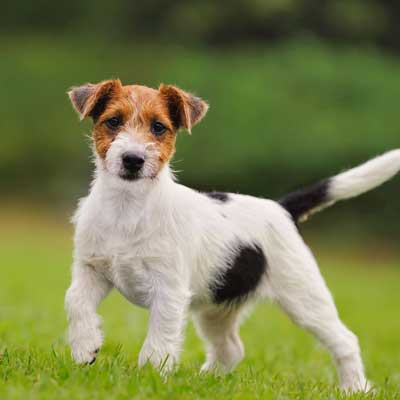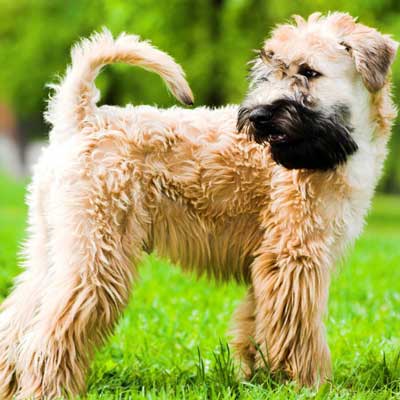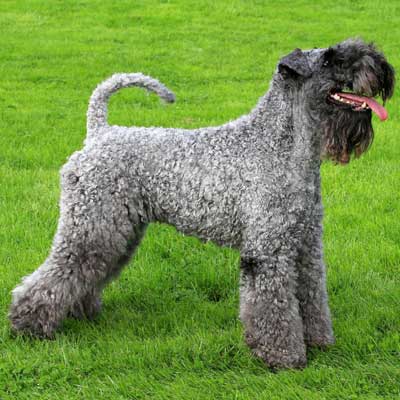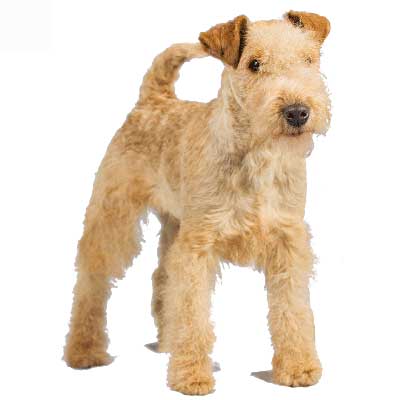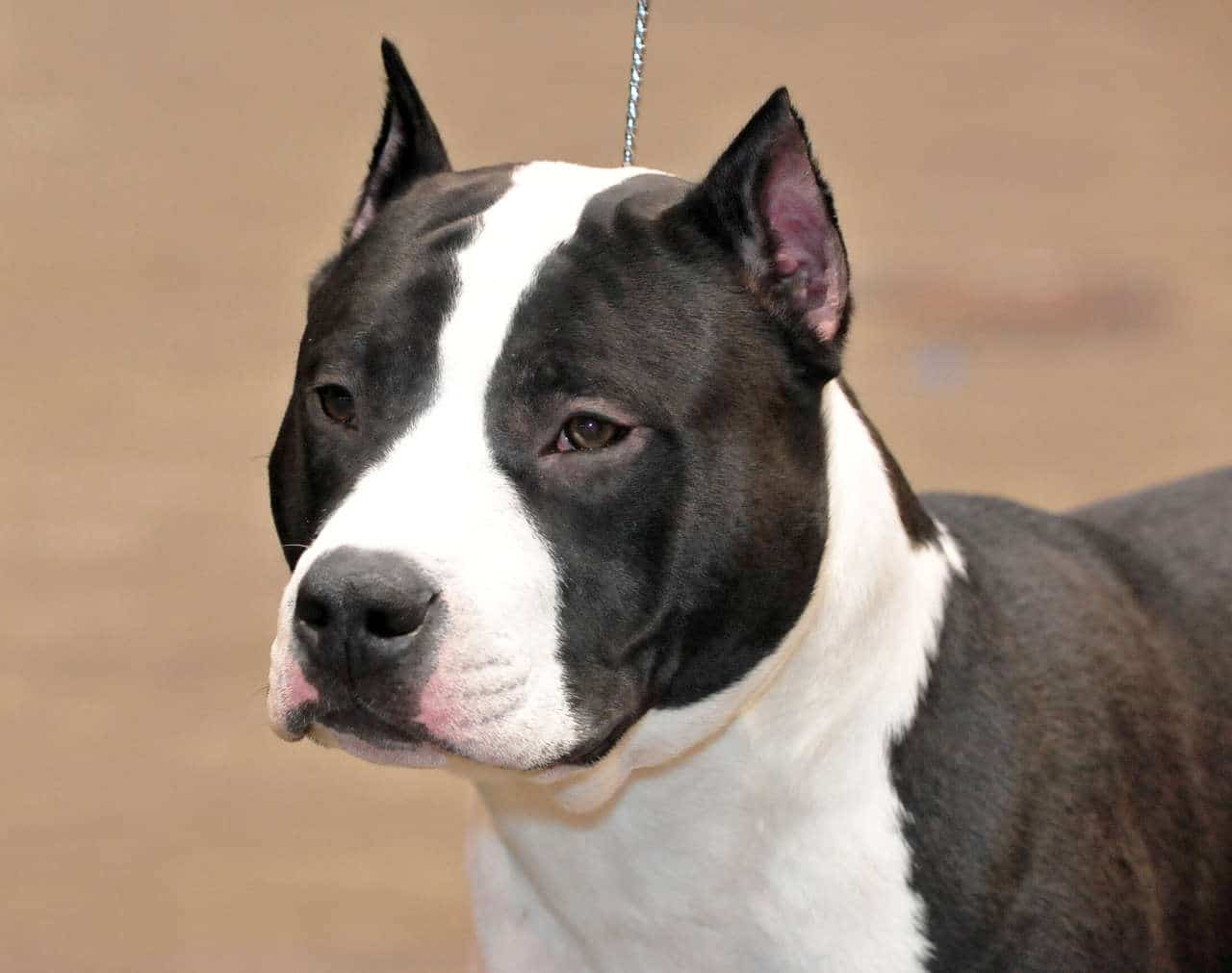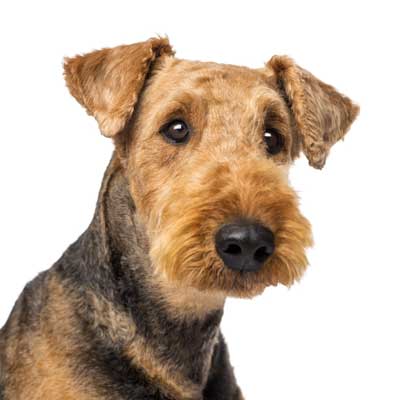Jack Russell Terrier
A lively, alert and active Terrier with a keen, intelligent expression. Bold and fearless, friendly but quietly confident.
The Jack Russell Terrier originated in England in the 1800’s due to the efforts of the Reverend John Russell.He developed a strain of Fox Terriers to suit his needs for a dog to run with his foxhounds and go to ground to bolt the fox and other quarry from their dens.Two varieties evolved with basically similar Standards except for differences, mainly in heightand proportions.The taller, more squarely built dog is now known as the Parson Russell Terrier and the shorter, slightly longer proportioned do, is known as the Jack Russell Terrier.
-
Head - skull region
Skull: The skull should be flat and of moderate width gradually
decreasing in width to the eyes and tapering to a wide muzzle.
Stop: Well defined but not over pronounced -
Head - Facial region
Nose: Black.
Muzzle: The length from the stop to the nose should be slightly
shorter than from the stop to the occiput.
Lips: Tight-fitting and pigmented black.
Jaws/Teeth: Very strong, deep, wide and powerful. Strong teeth
closing to a scissor bite.
Cheeks: The cheek muscles should be well developed.
Eyes: Small dark and with keen expression. Must not be prominent
and eyelids should fit closely. The eyelid rims should be pigmented black. Almond shaped.
Ears: Button or dropped of good texture and great mobility. -
Neck
Strong and clean allowing head to be carried with poise. -
Body
Back: Level. The length from the withers to the root of tail slightly
greater than the height from the withers to the ground.
Loin: The loins should be short, strong and deeply muscled.
Chest: Chest deep rather than wide, with good clearance from the
ground, enabling the brisket to be located at the height mid-way
between the ground and the withers. Ribs should be well sprung from the spine, flattening on the sides so that the girth behind the elbows can be spanned by two hands - about 40 cm to 43 cm. Point of sternum clearly in front of the point of shoulder. -
Tail
May droop at rest. When moving should be erect and if
docked the tip should be on the same level as ears. -
Forequarters
Shoulder: Well sloped back and not heavily loaded with muscle.
Upper arm: Of sufficient length and angulation to ensure elbows are set under the body.
Forelegs: Straight in bone from the elbows to the toes whether
viewed from the front or the side.
Forefeet: Round, hard, padded, not large, toes moderately arched,
turned neither in nor out. -
Hindquarters
General appearance: Strong and muscular, balanced in proportion to the shoulder.
Stifle (Knee): Well angulated.
Hock joint: Low set.
Metatarsus (Rear pastern): Parallel when viewed from behind while in free standing position.
Hind feet: Round, hard, padded, not large, toes moderately arched, turned neither in nor out. -
Gait / Movement
True, free and springy. -
Coat / Hair
May be smooth, broken or rough. Must be weatherproof.
Coats should not be altered (stripped out) to appear smooth or
broken. -
Coat / Colour
White must predominate with black and/or tan markings.
The tan markings can be from the lightest tan to the richest tan
(chestnut). -
Size and weight
Ideal Height at the withers: 25 cms to 30 cms.
Weight: Being the equivalent of 1 kg to each 5 cms in height, i.e. a
25 cms high dog should weigh approximately 5 kgs and a 30 cms
high dog should weigh 6 kgs. -
Faults
Any departure from the foregoing points should be
considered a fault and the seriousness with which the fault should be regarded should be in exact proportion to its degree and its effect upon the health and welfare of the dog and on its ability to perform its traditional work.
• Lack of true terrier characteristics.
• Lack of balance, i.e. exaggeration of any points.
• Sluggish or unsound movement.
• Faulty mouth. -
Disqualifying faults
• Aggressive or overly shy dogs.
• Any dog clearly showing physical or behavioural abnormalities.
N.B:
• Male animals should have two apparently normal testicles fully descended into the scrotum (this expression is obligatory in every standard).
• Only functionally and clinically healthy dog

